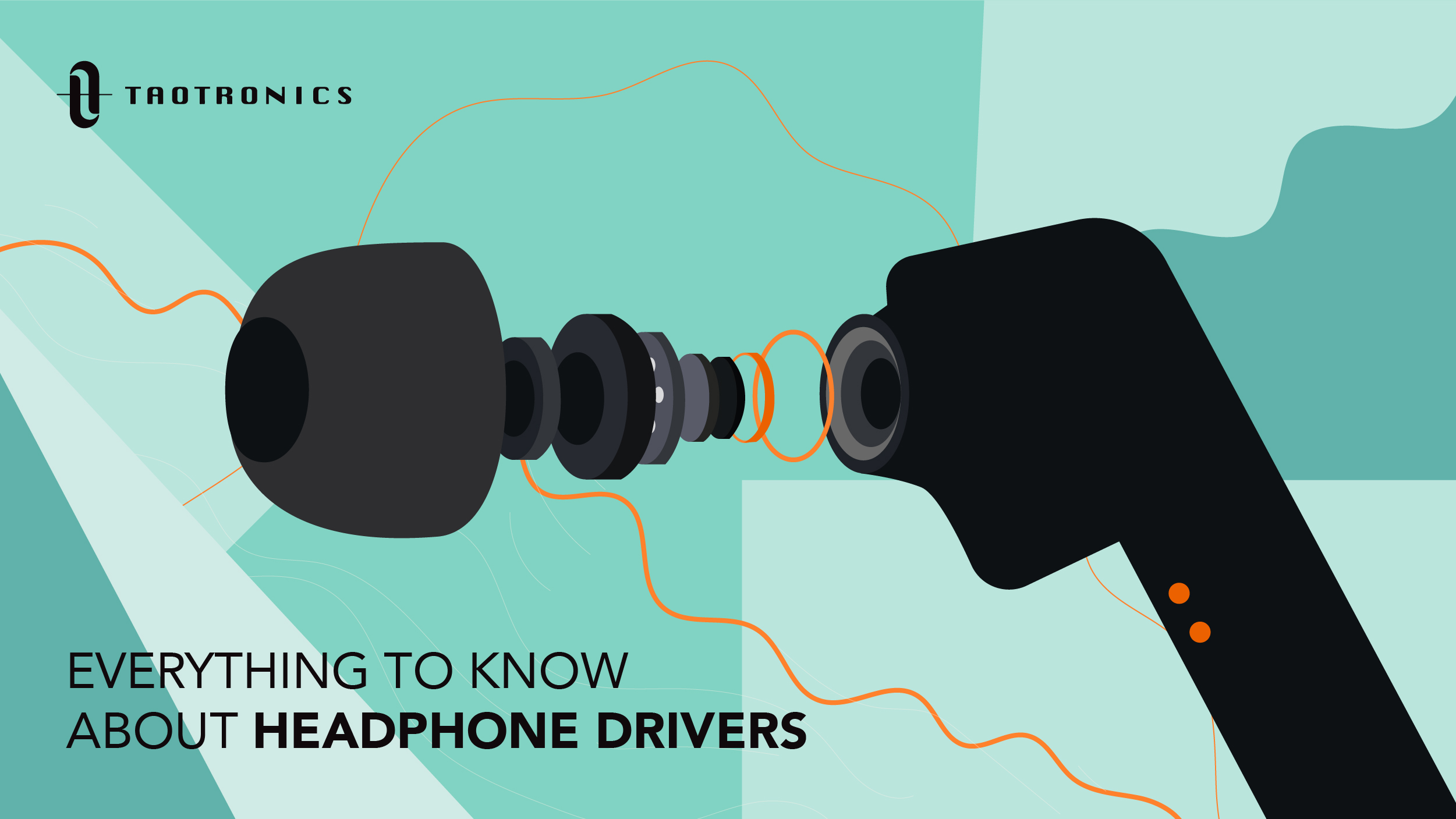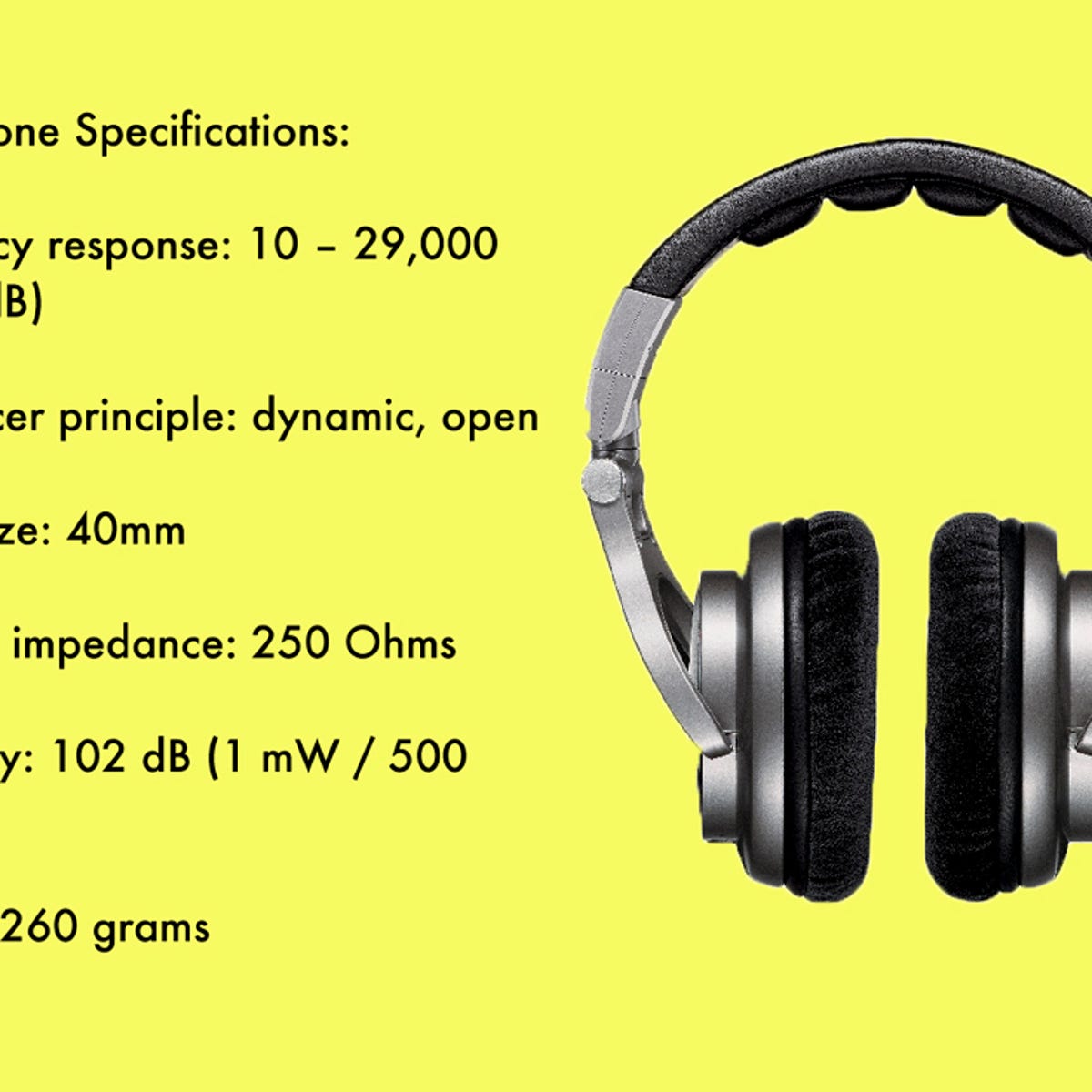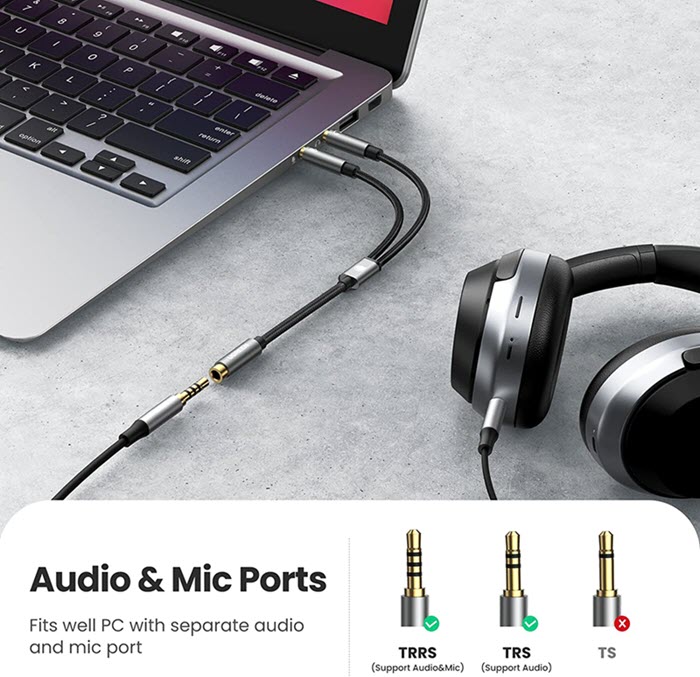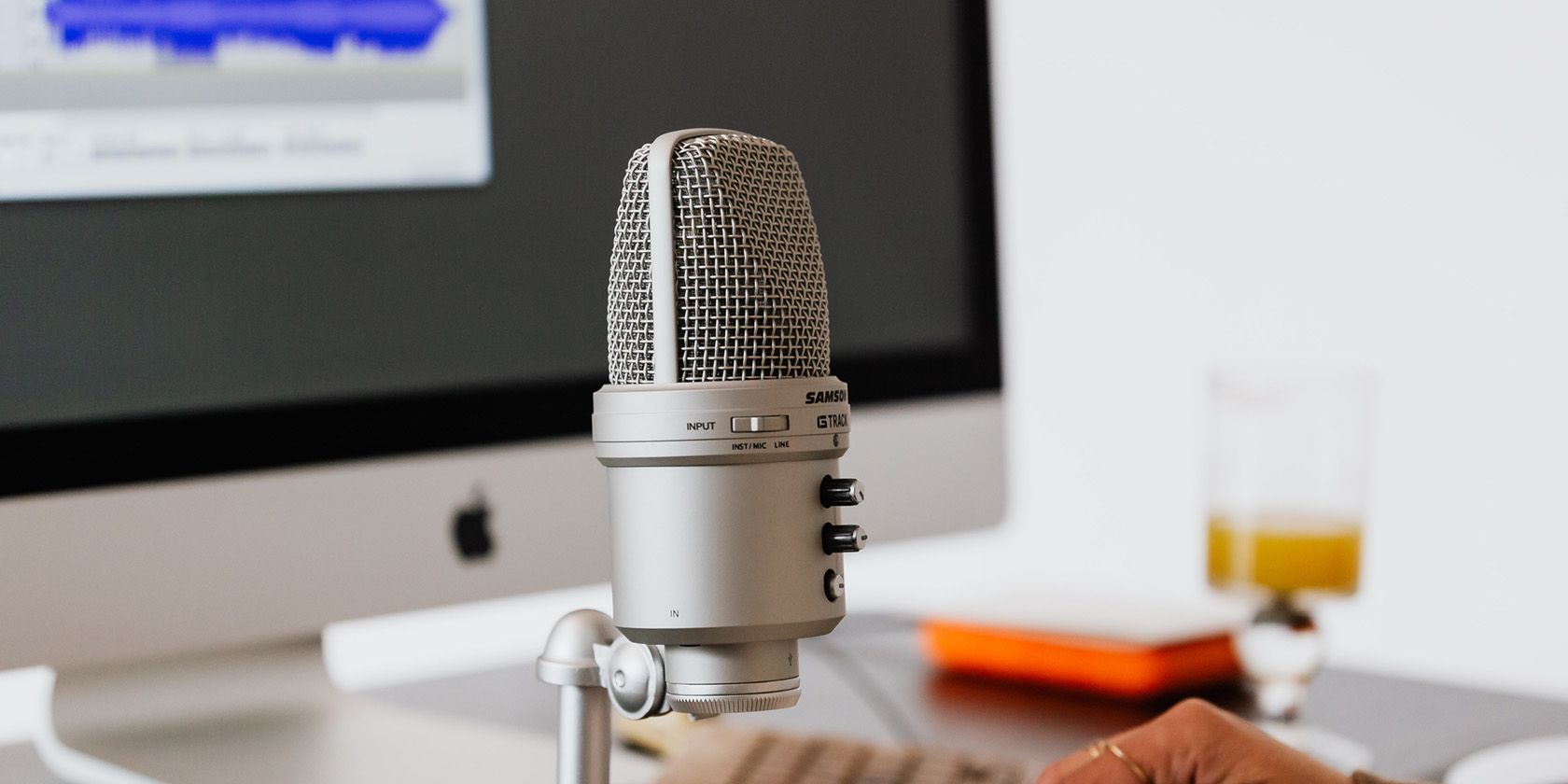Wireless vs. Wired iPhone Chargers: Which Is Better?
As our daily dependence on smartphones grows, so does the
need for fast, convenient, and reliable charging. With Apple’s iPhones
supporting both wired and wireless charging, many users find themselves
debating which method is best for their lifestyle. While both have their
strengths, the right choice often comes down to your individual needs and
habits.
In this article, we’ll explore the advantages and
trade-offs of each charging method to help you decide what’s best for your
specific use case.
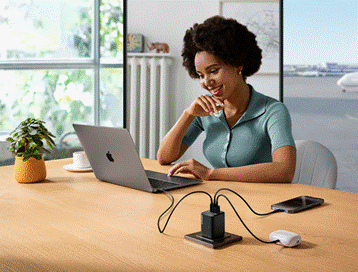
Choose Between Wireless and Wired iPhone Chargers
Let’s compare wireless and wired chargers across various
real-world scenarios to better understand where each shines.
Speed and Efficiency: Wired Still Leads
the Race
When it comes to sheer charging speed, wired chargers
maintain a clear edge. Apple’s Lightning cables, USB-C to Lightning,
or USB-C combined
with a Power Delivery (PD) charger can deliver up to 20W or more, charging an
iPhone from 0% to 50% in just about 30 minutes. Wireless chargers, on the other
hand, generally top out at 15W with MagSafe or 7.5W for standard Qi chargers,
meaning it takes longer to fully power your device. If you need a quick charge
before heading out, a wired solution is still your best bet.
Daily Convenience: Wireless Wins for
Ease of Use
Wireless charging eliminates the hassle of fumbling with
cables. Simply place your iPhone on a charging pad or stand, especially useful on a
bedside table or work desk. For students, office workers, or those who prefer a
tidy setup, wireless options like the Anker MagGo 3-in-1 Dock offer effortless
charging for your phone, AirPods, and Apple Watch in one go. No more dealing
with tangled cords or searching for available outlets.
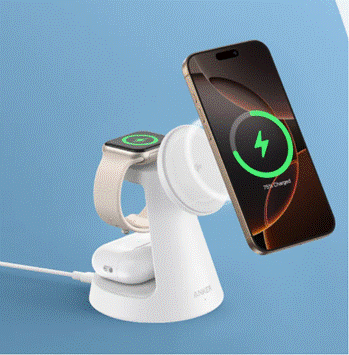
Travel and Portability: Wired Offers
More Flexibility
When you’re on the move, wired iphone chargers are generally more compact, lightweight, and universally compatible. A single USB-C cable paired with a multi-port wall charger can charge your iPhone, iPad, and even MacBook. Wireless chargers, though increasingly portable, still require a flat surface and may be bulkier due to built-in coils or stands. For backpackers or business travelers, a small wired charger like the Anker Nano 30W provides a reliable, space-saving option.
Device Positioning and Usability: Wired
Keeps You Mobile
While wireless chargers are convenient, they limit how you
use your phone during charging. If you're watching videos, gaming, or
responding to messages, a wired charger offers more flexibility. Wireless
stands have improved, offering adjustable viewing angles, but they still
require your phone to stay in one place. Wired charging lets you use your
iPhone freely without interrupting the power supply, ideal for multitaskers.
Long-Term Cable Wear vs. Wireless Heat
Build-Up
One downside of wired charging is cable wear. Constant
plugging and unplugging can fray cables or damage ports over time. However,
wireless charging isn't immune to wear either. Extended charging sessions can
generate heat, especially if the phone isn’t perfectly aligned on the pad,
which may degrade battery health over time. It’s important to use high-quality
accessories—whether wired or wireless—to minimize these issues.
Ecosystem Integration: Wireless Shines
with Apple Devices
If you're deeply integrated into the Apple ecosystem,
wireless charging stations offer a streamlined solution. A wireless 3-in-1
charger can power your iPhone, Apple Watch, and AirPods all at once. This
minimizes clutter and creates a unified, aesthetically pleasing charging hub.
For Apple loyalists, this integration adds value and convenience that wired
chargers may not match.
Final Verdict: Which One Is Better?
There’s no universal winner—your best charging method
depends on how you use your iPhone. If speed and portability are your
priorities, a wired charger is the way to go. But if you value convenience,
clutter-free charging, and have multiple Apple devices, wireless charging may
better suit your lifestyle. The smartest choice might be a combination of both,
offering flexibility at home and on the go.

